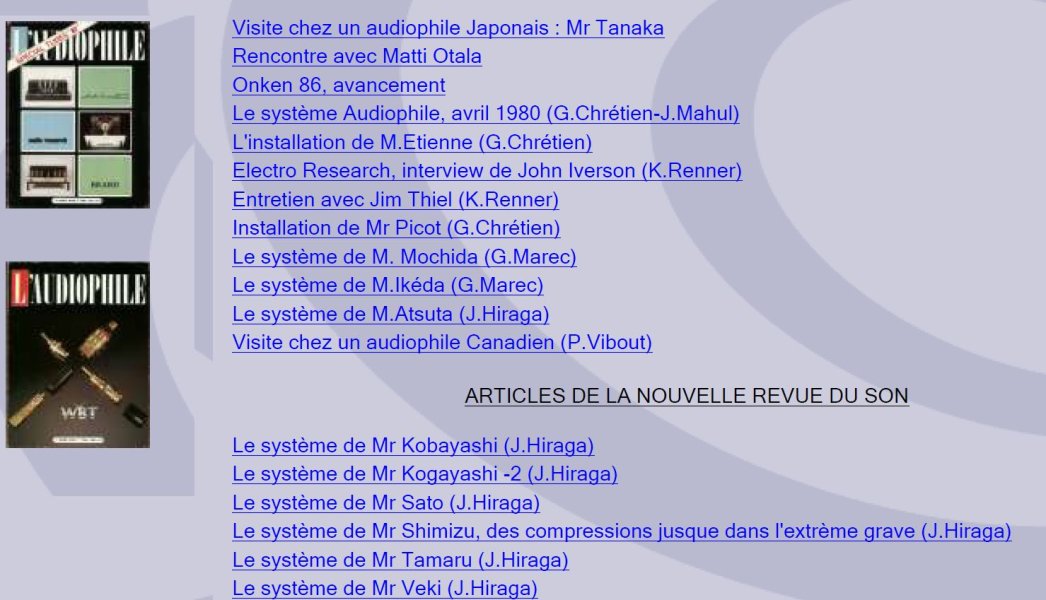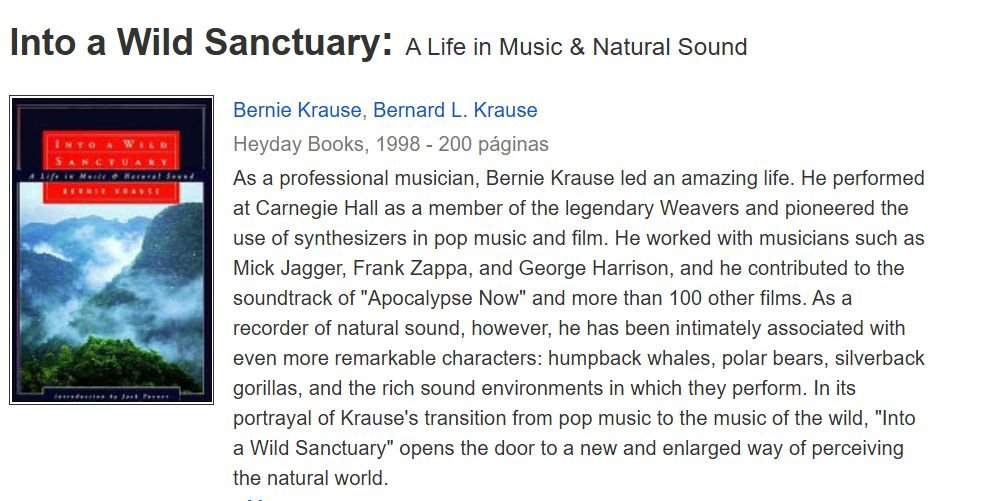Do you think that this approach did not exist before Japanese audiophiles took it? As far as I know Lamm was started in 1993.
BTW, people interested in the 60's and 70's Japanese audiophiles can find great descriptive articles in the L'Audiophile, including details of several great systems building.
View attachment 162137
Great audiophile systems do not have extreme detail, but they convey extreme information - very different things.
Curiously, when we
see a live orchestra, there is imaging and lots of added detail. Most people look for the best seats for the visual, not just for sound.
In general, the objective of sound reproduction is using enough of the substance of the real performance, including the type of visual information we get at real performances, to create an enjoyable listening. Many sound engineers work hard to encode all this information in the recording.



